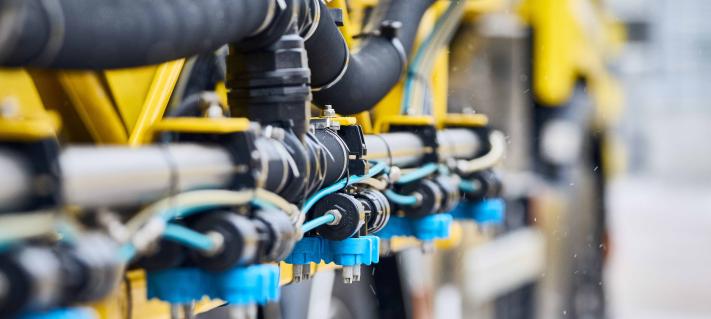We at Finavia believe that all Finns should enjoy great connections both within their home country and to the world. This ensures that Finnish regions stay robust and internationally competitive. Local business life and tourism are especially dependent on smooth and fast connections.
Ensuring accessibility doesn’t, however, necessarily require Finland to maintain as large of an airport network as possible. Instead, it’s important that passengers are offered smart and efficient options to reach their destination.
I, myself, am a big fan of the concept of travel chains. Passengers should be able to easily combine different modes of transport, such as planes, trains, buses and cars, into one smooth travel experience. The focus should be on short travel times, pleasant passenger experience and minimising emissions.
However, travel chains currently only really exist on paper in Finland. Now, we need to bring them into the real world. The 12-year country-wide transport system development plan published by the Ministry of Transport and Communication is a step in the right direction. It aims to develop the Finnish transport system as a whole, with a long-term view running over several governmental terms. This is a good starting point, but the work can only be fruitful if done in tight cooperation with industry representatives and with a strong focus on the future.
Looking into the future means considering both shifting customer needs, as well as new technological opportunities. We must have the courage to make the right decisions, even when they do not please everyone.
I am glad to see the recent steps taken in developing the Finnish railway network. I hope that the Finland Railway project, which includes the fast Airport Railway, moves along as swiftly as possible, as it is the most important transport investment of the near future. The new railway will create a direct connection between Helsinki Airport and Tampere, and Helsinki Airport and Lahti, reducing travel times for those journeys by 15 to 20 minutes. The travel time between Helsinki city centre and the airport will be cut in half.
We at Finavia wish to have a strong role in developing the Finnish transport system and creating new cooperation models that help better connect air traffic to other modes of transport.
To ensure the best accessibility, we need to focus on the big picture. Flying is a fast way to move across long distances. Still, it is not always the smartest choice. The most important thing is to make sure that all regions are accessible through a smooth connection and within reasonable travel times – whether via one mode of transport or combination of several different ones.
Helsinki Airport has become the best transfer hub in Northern Europe, and the 12th best* in Europe, when you take into account the quality, transfer time and overall travel time of transfer connections, besides the sheer number of connections. This is great for the connectivity and competitiveness of the country. There are over 160 direct flight destinations available from Helsinki.
Finavia airport passenger numbers rose by 10% last year. Especially pleasing, besides the strong growth in Helsinki, was the attractiveness of Lapland as a tourist destination, which is a major benefit for the vitality of our Northern airports.
*Source: Airport Industry Connectivity Report 2018




